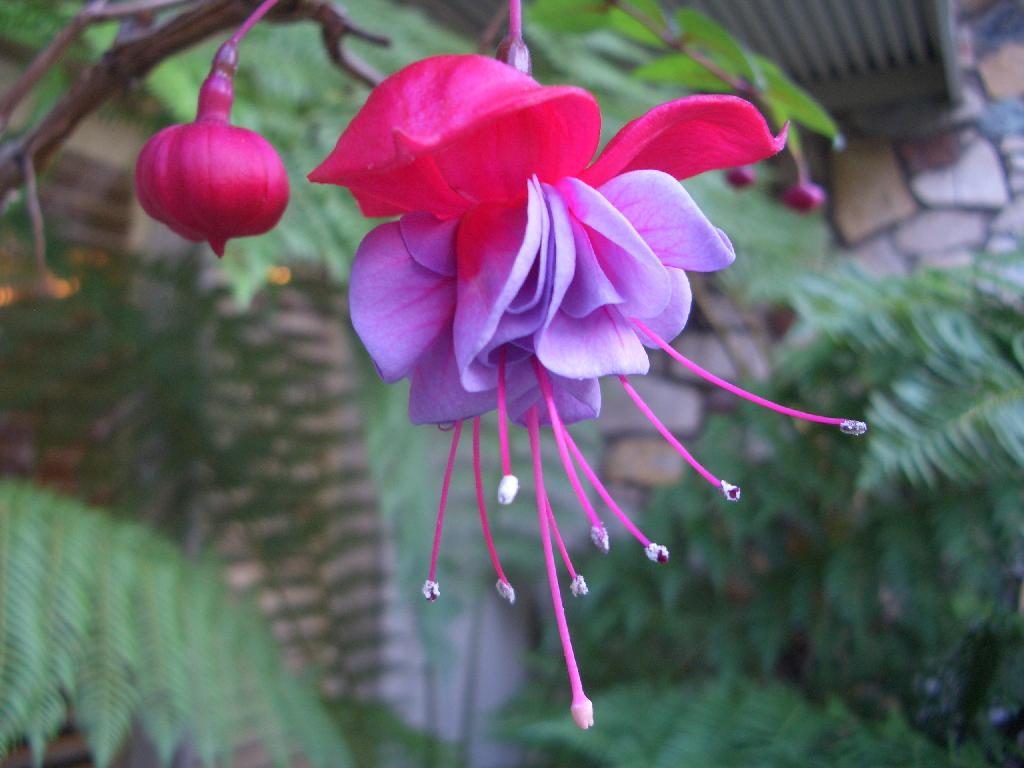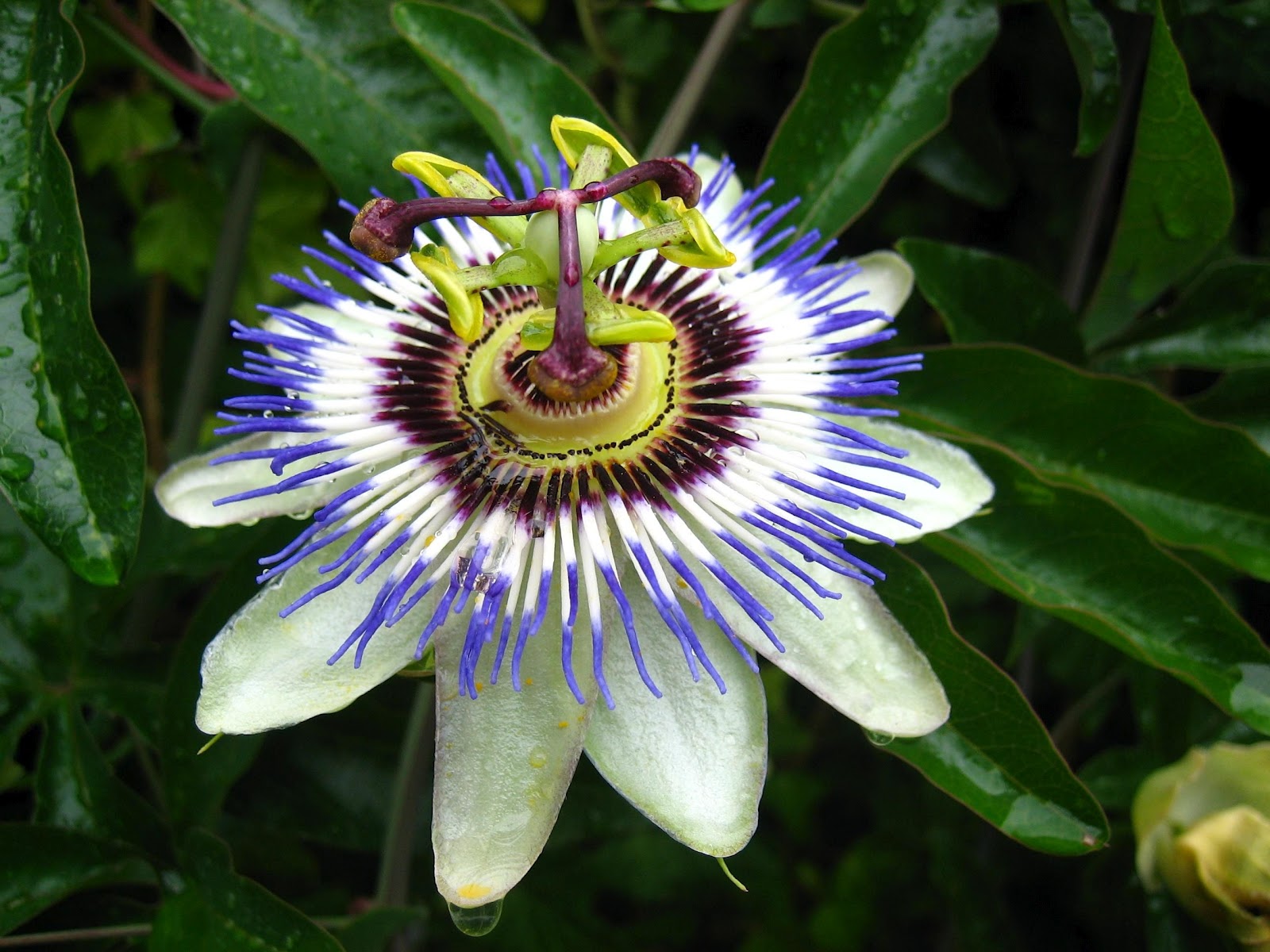Exotic flowers captivate the imagination with their stunning colors, unique shapes, and enchanting fragrances. These floral wonders are not just a feast for the eyes; they also hold cultural significance and can transform any garden or space into a vibrant oasis. In this article, we will explore various types of exotic flowers, their growing conditions, and how to care for them, making it a must-read for gardening enthusiasts and flower lovers alike.
Whether you are a seasoned gardener or just starting your floral journey, understanding how to nurture exotic flowers can enhance your gardening experience. This guide will provide you with valuable insights, tips, and resources to help you successfully cultivate these stunning plants. Let’s embark on this floral adventure together!
Table of Contents
- What Are Exotic Flowers?
- Popular Exotic Flowers
- Growing Conditions for Exotic Flowers
- Care and Maintenance of Exotic Flowers
- Uses of Exotic Flowers
- Cultural Significance of Exotic Flowers
- Conservation Efforts for Exotic Flowers
- Conclusion
What Are Exotic Flowers?
Exotic flowers are those that are not native to a particular region, often characterized by their unusual shapes, colors, and fragrances. These flowers are typically found in tropical or subtropical climates and can be cultivated in various environments, provided their specific needs are met. Some defining characteristics of exotic flowers include:
- Unique colors and patterns that stand out in any garden.
- Uncommon shapes that can intrigue and captivate viewers.
- Fragrances that range from sweet and floral to spicy and earthy.
Popular Exotic Flowers
There are numerous exotic flowers that are cherished by gardeners and floral enthusiasts around the world. Here are some of the most popular exotic flowers:
1. Bird of Paradise (Strelitzia reginae)
This striking flower resembles a colorful bird in flight and is native to South Africa. The Bird of Paradise thrives in sunny locations and well-drained soil, making it a favorite for tropical landscapes.
2. Orchid (Orchidaceae)
Orchids are one of the largest families of flowering plants, with over 25,000 species. They can be found in various habitats worldwide and are highly prized for their beauty and diversity.
3. Hibiscus (Hibiscus rosa-sinensis)
This tropical flower is known for its large, vibrant blooms and is often used in landscaping and as a symbol of beauty in various cultures.
4. Plumeria (Plumeria spp.)
Also known as frangipani, plumeria flowers are loved for their sweet fragrance and are commonly used in Hawaiian leis.
Growing Conditions for Exotic Flowers
To successfully grow exotic flowers, it is essential to replicate their natural growing conditions as closely as possible. Here are some key factors to consider:
1. Climate
Most exotic flowers thrive in warm, humid environments. Understanding the climate requirements of specific flowers can help you choose the right varieties for your garden.
2. Soil Type
Exotic flowers often prefer well-draining soil rich in organic matter. Conduct a soil test to determine pH levels and nutrient content to ensure optimal growth.
Care and Maintenance of Exotic Flowers
Once you have established your exotic flowers, proper care and maintenance are crucial for their longevity and vibrancy. Here are some tips:
1. Watering
Exotic flowers require consistent moisture but should never be overwatered. Ensure the soil remains damp but not soggy.
2. Fertilization
Use a balanced fertilizer designed for flowering plants to provide essential nutrients during the growing season.
3. Pruning
Regular pruning encourages new growth and helps maintain the shape of the plant. Remove dead or wilted flowers to promote blooming.
Uses of Exotic Flowers
Exotic flowers serve a variety of purposes, including:
- Decorative elements in gardens and landscapes.
- Ingredients in perfumes and cosmetics.
- Medicinal uses in traditional medicine.
Cultural Significance of Exotic Flowers
Many exotic flowers hold cultural importance in different societies. For example:
- The Orchid is a symbol of love and beauty in many cultures.
- Hibiscus flowers often represent hospitality and are used in various ceremonies.
Conservation Efforts for Exotic Flowers
Protecting exotic flowers is essential to preserve biodiversity. Many organizations are dedicated to conserving these floral species, focusing on:
- Habitat restoration and protection.
- Education and awareness programs.
- Research on endangered species and cultivation techniques.
Conclusion
Exotic flowers are a testament to the beauty and diversity of nature. By understanding their needs and significance, we can appreciate these floral treasures and contribute to their preservation. Whether you choose to grow them in your garden or admire them in nature, exotic flowers will continue to inspire and captivate us. Don't hesitate to share your thoughts in the comments below, and explore our other articles for more gardening insights!
Thank you for joining us on this journey through the world of exotic flowers. We hope to see you again soon for more floral adventures!
Jean Bruce Scott: The Life And Legacy Of A Talented Actress
Antoine Davis: The Rising Star In College Basketball
Coyote Cafe Rooftop Cantina: A Culinary Experience Above The City

FLOWERS OF THE BLUE EXOTIC FLOWERS
![🔥 [80+] Exotic Flowers Wallpapers WallpaperSafari](https://i2.wp.com/cdn.wallpapersafari.com/23/42/WcQlzw.jpg)
🔥 [80+] Exotic Flowers Wallpapers WallpaperSafari

FLOWERS OF THE BLUE EXOTIC FLOWERS